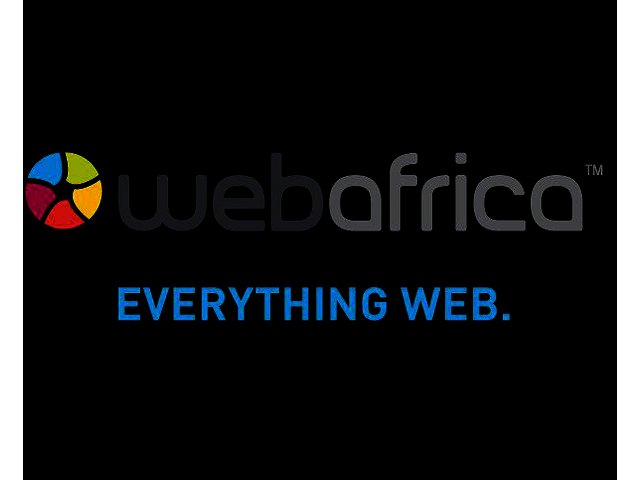Until not so long ago “fibre” usually referred to the roughage in breakfast cereals that helps move things along one’s digestive tract a little faster. The new fibre revolution is all about making the internet move a little faster.
Fibre optic cables are here to stay. But what exactly is the big deal with fibre? Here are the basics in non-tech speak:
How does it work?
“Think of a fibre optic cable as a hosepipe which runs directly into your house,” says Webafrica Sales Manager, Phillip Dempster. “Unlike your regular copper cables through which ADSL runs, it is hollow. But it is not empty – it is filled with hair-thin strands of flexible glass through which light is transmitted. In essence when the “tap” is turned on, these cables literally transfer data at the speed of light!”
What does the speed of light look like?
User experience on fibre is phenomenal - speeds generally start at 20mbps and go all the way up to 1000mpbs. To put that in perspective, the large majority of South Africans are used to speeds of between 2-10mbps (whether on 3G or ADSL), a far cry from supersonic fibre. “It’s like taking someone who has never driven past 60km/h, giving them a sports car and directing them to the Autobahn,” says Dempster.
It begs the question, what can one do with all this speed? Well, it’s simple really. Due to speed limitations prior to fibre, we would download TV series, movies and the like over a period of a few hours (sometimes days)! Streaming Youtube was a pain because of buffering. “No-one likes waiting. Fibre allows users to stream footage on demand, without buffering, as opposed to downloading. But if downloading is your thing, try this for size: a 100mbps fibre line is able to download 4 seasons of Game of Thrones in full HD in under 4 min!” says Webafrica Product Owner, Greg Wright.
Test drive it for yourself by looking at this real-time comparison between ADSL and fibre: http://bit.ly/1GpUGst
How will fibre-to-the-home (FTTH) change my life?
Speed is one thing, but FTTH doesn’t stop there. Wright outlines what else the average consumer can expect from this revolution:
“Unlike ADSL, with fibre-to-the-home there is no requirement to couple Telkom voice lines with a fibre line. Saying goodbye to Telkom voice lines means a monthly saving of R186 per month.” Due to its super-streaming abilities, there is also less of a need for expensive satellite TV subscriptions.
“Many fibre customers have cancelled their satellite subscriptions, or at least downgraded them to a cheaper package.”
As a whole, fibre offers less fuss in terms of both installation and maintenance. “Once the line is installed we hardly hear from our fibre customers. The product just works.”
The cherry on top is that fibre is more affordable than people think. For example, there are packages where a 20/2Mbps fibre line with a 100GB data bundle and free router and setup retail for R769 per month.
“A package like this should fulfil all the needs of an average-sized family. And if you have said goodbye to Telkom and satellite TV, it’s a win-win.”
I want, I want!
As with all transitions, this one requires a bit of patience - fibre is a relatively new phenomenon in South Africa so it might take a while to reach your neighbourhood. “Currently internet over fibre is only available in certain towns and suburbs where the cables have physically been laid, for example parts of Greenpoint in Cape Town, Parkhurst in Johannesburg and Melk Houte in Durban among others” explains Dempster. “There are currently only a handful of networks providing fibre optic cables in South Africa. The reach of fibre is however growing month-by-month.” To see if it’s hit your neighbourhood yet, click here: http://bit.ly/1GpUGst





